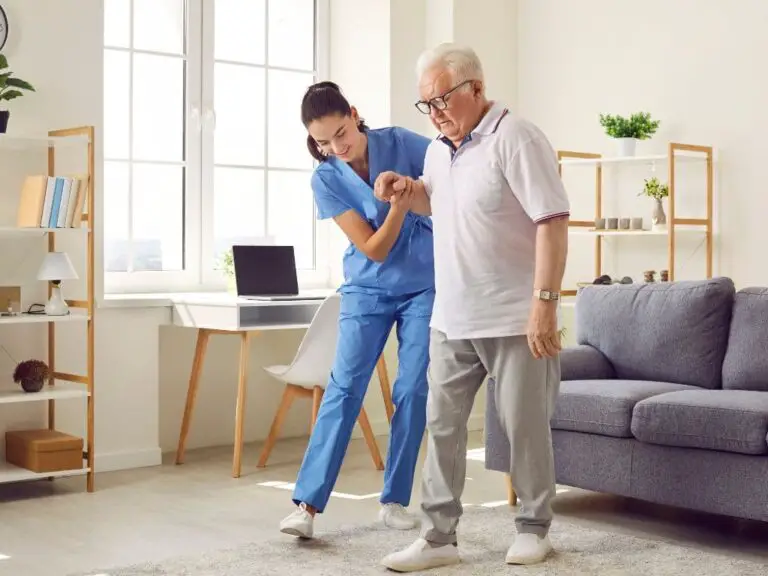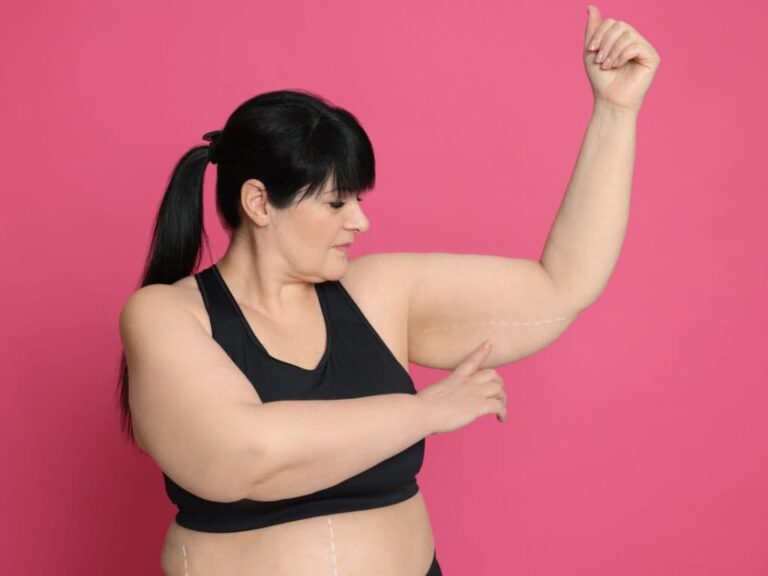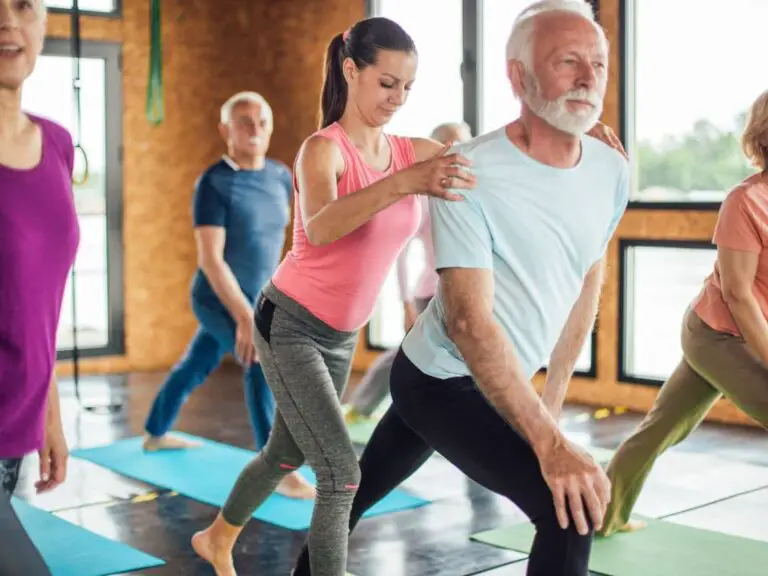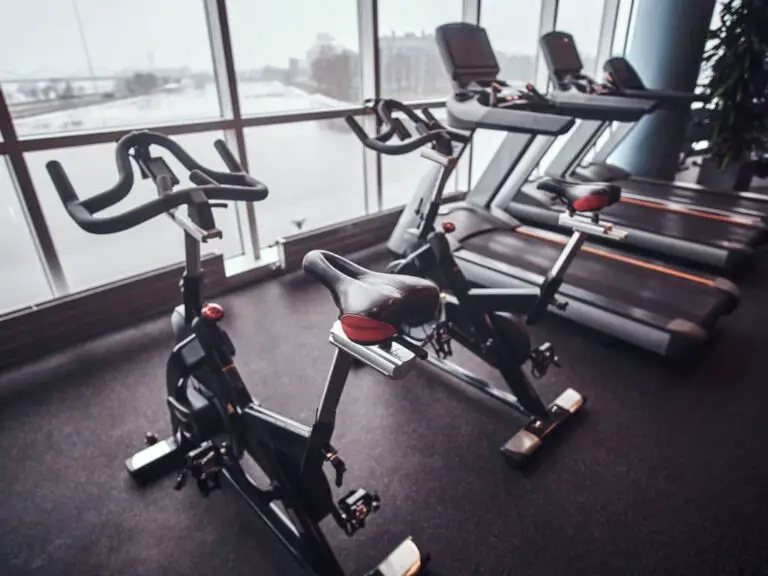How to Engage Your Core While Walking
Engaging your core muscles while walking is an effective way to improve your posture, balance, and stability. Your core refers to the muscles of your torso – including the transverse abdominis, obliques, psoas, diaphragm, and back muscles. Learning how to properly engage these muscles can provide many benefits for your walking workout.
Engaging your core while walking involves maintaining good posture, using proper breathing techniques, and consciously activating your deep core muscles. It’s crucial to keep your shoulders down, chest lifted, and eyes forward. Breathe in through your nose and exhale strongly through pursed lips, drawing your navel back towards your spine. Incorporate arm movements or resistance bands for added challenge.

What Does It Mean to Engage Your Core?
Engaging your core involves contracting and activating the muscles of your torso. When you engage your core, you are bracing and stabilizing your midsection. This provides tension through the midline of your body, allowing you to maintain proper alignment and good posture.
Engaging your core does not necessarily mean sucking in your stomach and holding your breath. Instead, think of drawing your navel back towards your spine to lift your deep abdominal muscles. Focus on keeping your chest lifted and shoulder blades down while you walk. This helps keep your core engaged.
Why Is It Important to Engage Your Core While Walking?
There are several key reasons why you should focus on keeping your core engaged when walking:
- It improves posture by keeping your spine in neutral alignment and preventing rounding or arching of the lower back. Good posture reduces strain on your back.
- It enhances balance and stability by keeping your torso steady over your legs. This allows you to walk smoothly without excessive side-to-side movement.
- It protects against back pain and injuries by providing support for your spine and reducing pressure on the discs and joints.
- It boosts power and efficiency of your walking stride by harnessing force from your core muscles to drive your legs.
- It increases muscle activation throughout your body, working areas like your glutes and hip flexors more effectively.
What Are the Benefits of Engaging Your Core While Walking?
Engaging your core regularly while walking provides both immediate and long-term benefits:
- Reduced risk of developing lower back pain
- Improved spinal stability and good posture
- Increased balance and coordination
- Enhanced core strength over time
- Greater efficiency of motion and muscle activation
- Faster walking speed and improved gait
- Reduced pressure and strain on the spine and joints
- More effective workout by incorporating the core
- Increased calorie burn compared to just walking
- Improved athletic performance for runners and hikers
How Can You Tell if Your Core Is Engaged?
Here are a few quick checks to tell if you are properly engaging your core during a walk: Draw your navel back towards your spine and feel your deep abdominals contract. Maintain good upright posture without arching through your lower back. Keep your chin level, eyes forward, and shoulders down. Focus on smooth strides without your torso rocking side-to-side. Pay attention to your breath cues – you should be able to breathe while keeping your core stable. Feel tension through your midsection, but not straining or holding your breath.
If you are new to engaging your core, it may feel challenging at first. Be patient and keep practicing. Proper form will improve with time.
Steps to Engage Your Core While Walking
Follow these key steps to help train your core to properly activate while walking:
1. Posture and Alignment
Focus on keeping good upright posture. Draw your shoulders down, lift your chest, and look straight ahead. Allow your natural curves to align in your spine by stacking your head over shoulders, shoulders over hips, and hips over knees.
2. Breathing Techniques
Use proper breathing to brace your core. Inhale through your nose, feeling your belly expand. Exhale strongly through pursed lips, drawing your navel back to your spine. Time your exhales with steps to rhythmically brace your core.
3. Mindful Engagement
Consciously focus on squeezing your deep core muscles to keep your midsection stable. Mindful engagement takes practice, but helps build core awareness.
4. Incorporating Other Movements
Add elements like pumping your arms or marching your legs to challenge your core stability. Go slowly to control motion while keeping your core engaged.
5. Using Fitness Tools
Items like exercise bands or a foam roller can add core activation. Wrap a band around your legs just above your knees and walk, resisting the band.
What Are Some Common Mistakes to Avoid When Engaging Your Core While Walking?
Avoid these common missteps that can limit the effectiveness of your core training: Forgetting to actively engage your core – don’t rely on passive engagement. Holding your breath instead of linking breath to core bracing.
Over-arching your lower back due to weakness in your core. Letting your shoulders creep up toward your ears. Allowing too much side-to-side torso movement. Straining or tensing your neck muscles. Gripping the ground with your toes, causing poor gait mechanics.
How Can I Make Sure I’m Engaging My Core Correctly?
Properly engaging your core while walking takes practice and awareness. Getting feedback from a trainer or movement expert can be very helpful to ensure you have good form. They can observe you from all angles while walking and cue you on proper spinal alignment, rib position, and lower back arch.
Using a mirror to check your posture is another useful tactic. Place your hands gently on your lower belly as you walk to feel if your deep abdominal muscles are contracting and drawing in. You want a distinct but not overly forced contraction. Monitor your rib cage area too – flaring ribs can indicate weak or improper core bracing.
When you first start working on mindful core engagement, only brace for short intervals during your walks. As your muscles become conditioned, work up gradually to longer periods of an engaged core. This will improve your endurance over time.
Stay focused on your breathing patterns, pace of walking, and audible exhales, which help reinforce proper technique. With consistent practice, mindful core activation will start to feel more integrated and natural in your walking workout.
What Are Some Exercises That Can Help to Strengthen Your Core for Walking?
It’s smart to supplement your walking workout with specific core exercises like:
Planks – Hold a plank position on your forearms to build endurance
Dead bugs – Lying on your back, extend opposite arm and leg to work core control
Bird dogs – In tabletop position, extend one arm and the opposite leg
Side planks – Hold a plank while resting on one side to target your obliques
Pallof press – Use resistance bands attached to a fixed point for anti-rotation
Stir the pot – Kneel and move your arm in a stirring motion to work obliques
Maintaining an Engaged Core Throughout the Day
The benefits of an engaged core translate to your everyday life too. Be mindful of core activation:
- While sitting at your desk or in the car
- When lifting heavy objects like groceries
- During household chores like cleaning or gardening
- Carrying children or pets
- Transitioning from sitting to standing
How Can I Prevent Back Pain and Injuries While Walking?
Walking is a low-impact exercise, but you still need to take some precautions to avoid potential back pain or injuries. Properly warming up your core muscles prior to walking is important – take a few minutes to activate your abdominals and work on your breathing technique before you head out.
When walking, stay focused on maintaining proper spinal alignment and good posture by engaging those core muscles. Don’t let your torso and pelvis sag. Build up your core endurance gradually over several weeks instead of bracing too intensely at first.
Check your form often and monitor for any rounding through your lower back. Wearing appropriate footwear with proper arch support and cushioning helps prevent injury too. Stretching your lower body after walking loosens up tight hip flexors, hamstrings, and calves.
Make sure to strengthen your core muscles regularly with targeted exercises like planks or dead bugs. This well-rounded approach reduces strain on the low back and enhances stability. Lastly, listen to signals from your body. Take a rest day when your muscles feel fatigued, sore, or strained.
Preventing injuries with smart training allows you to continue walking and engaging your core consistently
How Can I Improve My Walking Speed and Efficiency?
Proper core activation can boost your walking performance:
- Increase your stride length while keeping your core steady
- Drive your legs forward using power from your hips
- Maintain good posture and engage glutes to propel yourself
- Swing arms front to back instead of side to side
- Walk at a brisk pace you can sustain with good form
- Incorporate hills or intervals to train explosive core engagement
Conclusion
Engaging your core when walking offers tremendous benefits for your posture, balance, alignment, and strength. With mindful attention and correct technique, you can enhance your walking workout by recruiting more core activation. Be patient as you build endurance and control in your stabilizer muscles. A strong, engaged core will serve you well for everyday activity and athletic pursuits.
Frequently Asked Questions
-
How do you engage your core when walking?
Engaging your core while walking involves maintaining good posture, aligning your spine, and using proper breathing techniques. This requires consciously contracting deep core muscles for stability and incorporating additional movements like arm pumping. Using fitness tools like exercise bands can further activate the core. Avoid common mistakes such as holding your breath or allowing excessive torso movement.
-
Do Seated ab exercises work?
Using your bodyweight to engage your upper and lower abs, seated crunches can be done. They can be very effective in targeting your core and waist if done correctly and regularly.
-
Should you engage your core while walking?
Poor posture and chronic pain can be prevented by engaging your core in daily activities. While sitting at the desk, or walking between your regular places, you can strengthen your core by bracing.
-
What should I drink to poop in the morning?
Coffee and stimulating teas can also cause laxative effects. Many people experience a faster bowel movement when they drink green tea or black tea. These beverages are often consumed in the morning by people to help them wake up and promote bowel movements.
-
Why can’t I do sit ups anymore?
These are seven reasons you might not be able to perform a sit up: Your abdominal muscles are weak. Your hip flexor muscles are weak. Your posture is not suitable for sitting up.
-
What is the best exercise for core strengthening?
Crunches can be a great core-strengthening exercise. Crunching your upper body lifts your abdominal muscles. Do crunches slowly if you experience low back pain.
-
What causes big stomach in females?
People gain belly fat for many reasons, such as poor nutrition, inactivity, stress, or a lack thereof. Improve nutrition and increase activity can help. The abdominal fat is the fat that surrounds your abdomen.
-
What causes rapid weight gain in the abdomen?
Stress, medication, and alcohol intake can all be causes. Hypothyroidism and PCOS can also be the cause. Lifestyle changes and medication can treat many causes of weight gain and stomach swelling. Others, like ascites can prove to be very serious.
-
How can I engage my core while sitting?
When you sit down, switch your core muscles on. This will improve core coordination. For 5 seconds, hold a soft contraction and then repeat the 10th time.
-
Can a weak core cause leg pain?
A weak core muscle can cause increased pronation, which in turn may lead to lower extremity pain.
-
What happens when your core is weak?
A weak core means that your body is missing the key to its armour. The core connects the upper and lower bodies, keeps us standing upright and allows us to turn freely and not fall. A weaker core can make it difficult to move and increase your risk of injury.
-
How do I activate my core while walking?
L’Italien says that carrying a heavy object on your back while you are walking teaches you how to brace your core. This engages your whole core muscle, your hips, shoulders and back. The ability to carry a load can also improve your everyday movement, such as lifting and moving groceries or furniture.
-
How do I activate my core while sitting?
Switching up the seating can help you engage your core even if you are sitting at a computer. Although ergonomic chairs can provide support and comfort for the spine, posture and core, these are not meant to replace your regular seating. To maintain a good posture, your core does not need to be active.
-
What are 3 long term health issues that can arise from having a weak core?
Poor posture and lower back pain can be caused by weak core muscles. It may be possible to reduce back pain by strengthening your core muscles.
-
How far should seniors walk a day?
Adults 65 years and over need to exercise at least 150 minutes per week. This could be 30 minutes each day or 5 days a weeks of moderate activity like walking. They also need to do 75 minutes per week of intense activity like running, jogging or hiking.






